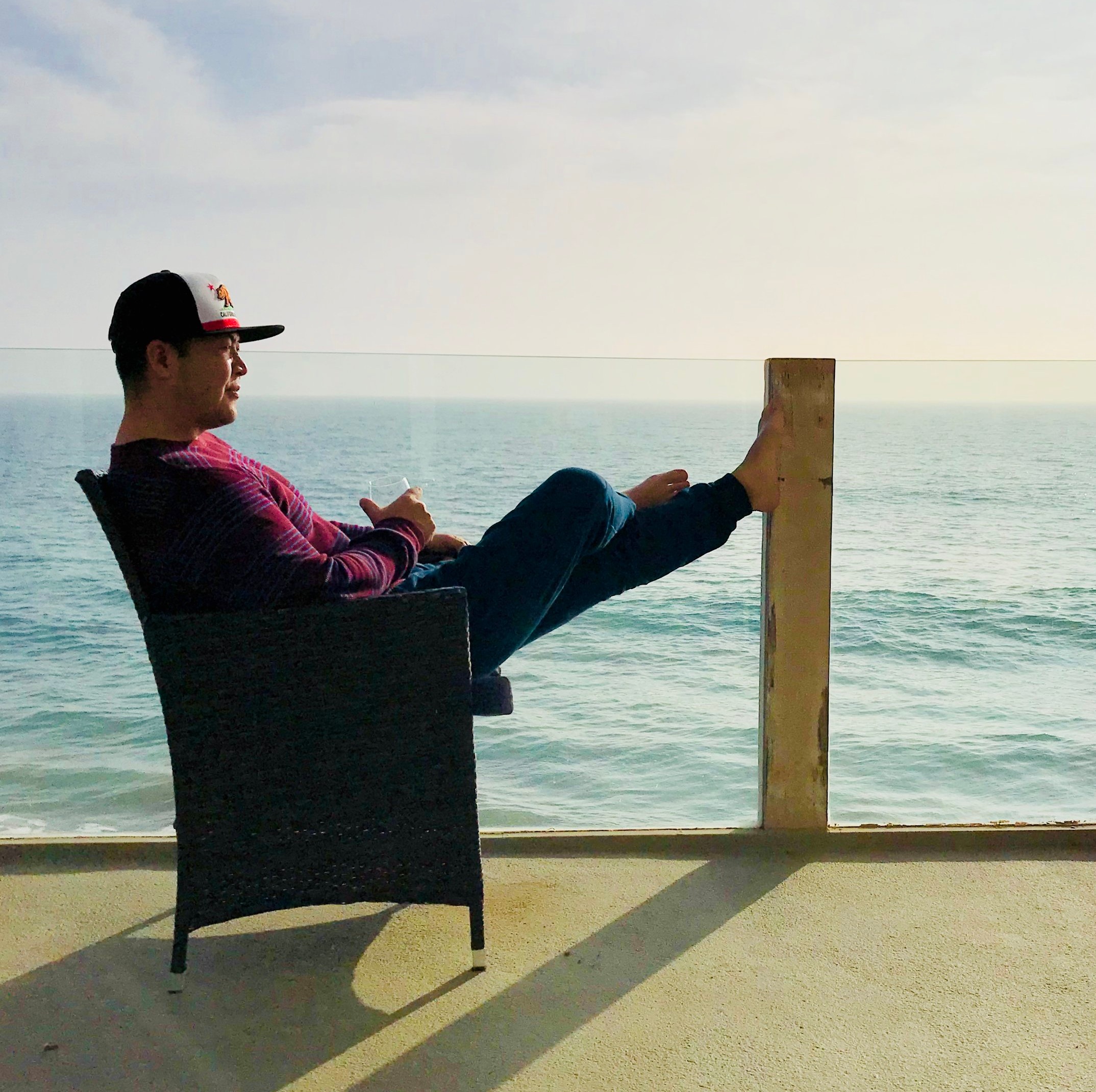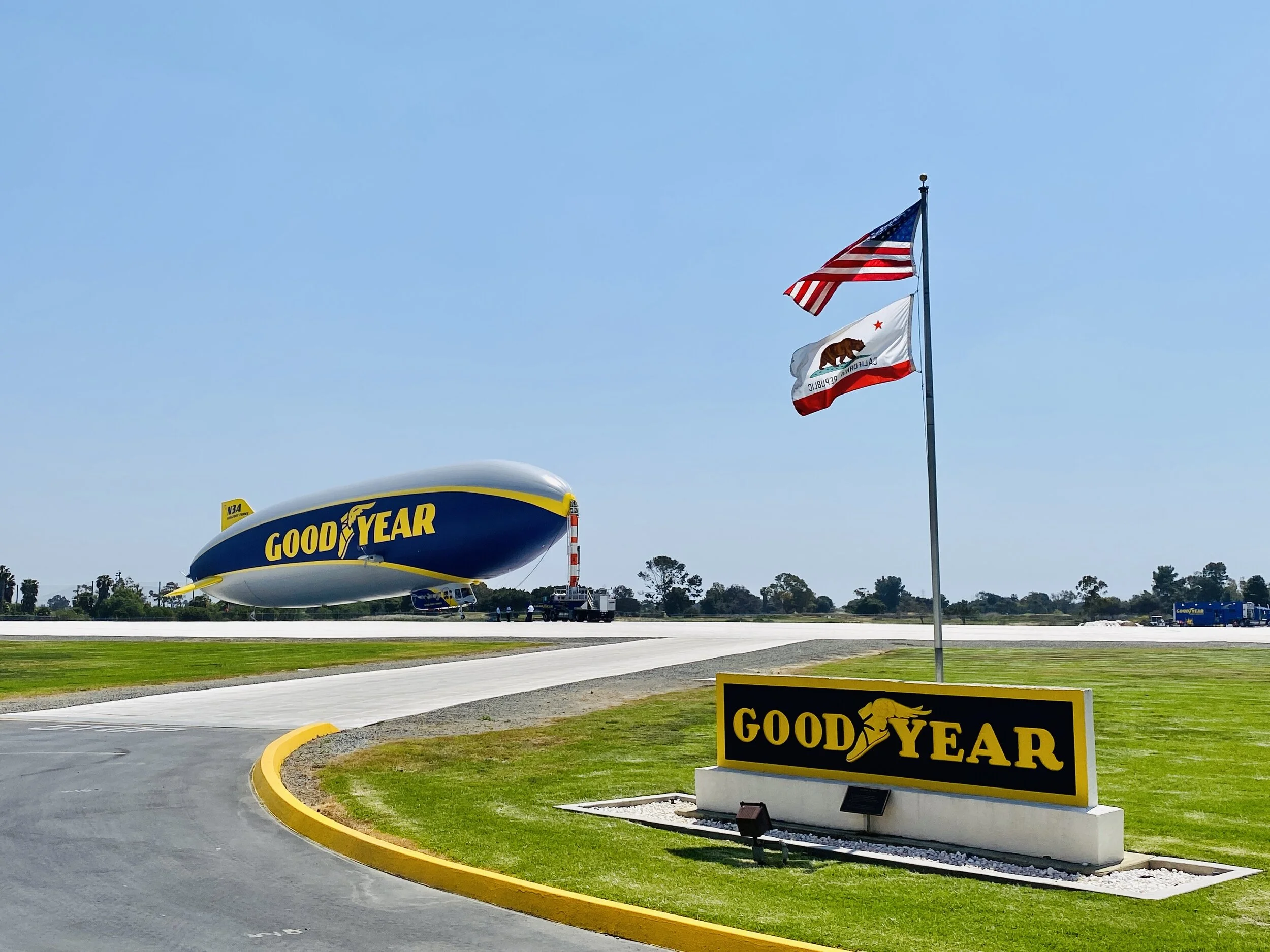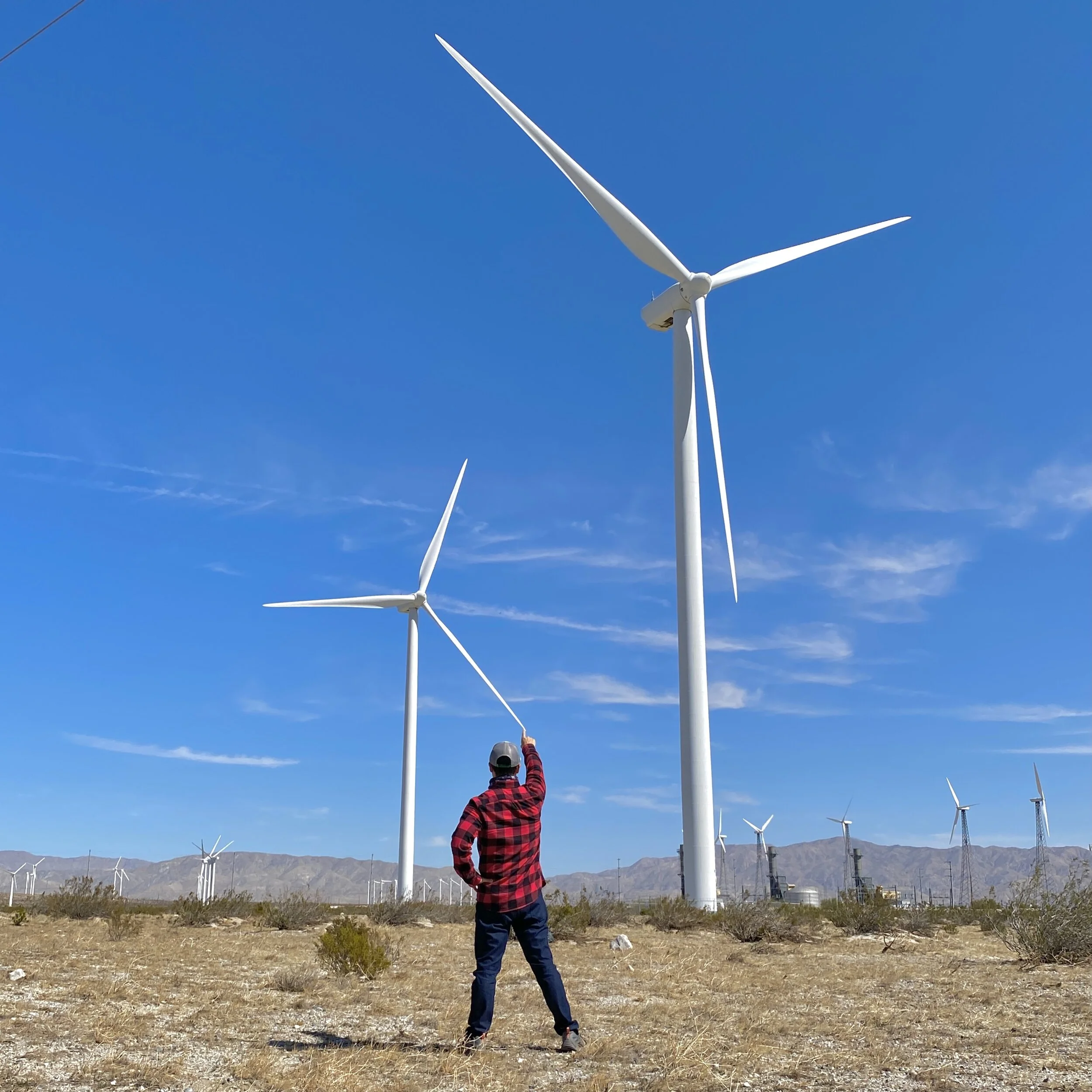Joshua Tree National Park
DETAILS:
Location: There are three entrances into Joshua Tree National Park:
The west entrance is located in the village of Joshua Tree on Park Boulevard. The Joshua Tree Visitor Center (6554 Park Blvd. Joshua Tree, CA 92252) is located just outside of the west entrance and serves as the park’s main visitor center.
The north entrance is located in the town of Twentynine Palms. The Oasis Visitor Center (74485 National Park Dr. Twentynine Palms, CA 92277) is located just outside the north entrance.
The south entrance is located off Interstate 10, east of the Coachella Valley (approximately 50 minutes from Palm Springs). The Cottonwood Visitor Center is located just inside the park once you enter the south entrance.
Hours of Operation: The park is open 24/7.
Visitor Centers:
Joshua Tree Visitor Center: Daily - 7:30AM to 5PM.
Oasis Visitor Center: Daily - 8:30AM to 5PM.
Cottonwood Visitor Center: Daily - 8:30AM to 4PM.
Parking: Free parking throughout the park at various pullouts and points of interest.
Cost:
$30 per car for a 7-day vehicle permit.
$25 per motorcycle for a 7-day vehicle permit.
$15 per person on foot or bike for a 7-day vehicle permit.
$12 per person onboard a non-commercial group with a capacity of 16 or more.
Rates vary for commercial tour groups.
$55 for a Joshua Tree annual pass.
Camping fees vary by campground
$10 per adult for Ranger-led tour of Keys Ranch.
The park offers free entrance days on:
MLK
the 3rd Saturday of April (First day of National Park Week)
August 4th (Great American Outdoors Act Signing Day)
August 25th (National Park Service Birthday)
The 4th Saturday in September (National Public Lands Day)
November 11th (Veterans Day)
Time Commitment: 4-6 hours, absolute minimum for a day trip.
Miscellaneous:
Leashed dogs allowed, but as with all national parks, cannot be more than 100 feet from a road, picnic area, or campground and are prohibited on all trails.
The majority of the 500 campsites in the park are available by reservation only from September to May. Reservations can be made up to 6 months in advance, and can be booked on recreation.gov. Additional campsites are first-come first-served.
As with all national parks, you’ll receive a park map upon entering to guide you to all the points of interest within the park.
Cell service is extremely limited within the park.
Please see their website below (under “resources”) for additional and current info.
Meeting at the confluence of the Mojave and Colorado Desert just two hours east of Los Angeles, it’s hard to believe that this iconic region of gnarled & spiky trees didn’t officially gain national park status until 1994. A relative of the Agave family, legend has it that these trees were named after the biblical figure; Joshua, by Mormon immigrants who viewed the outstretched limbs of each tree as a praise to the heavens. Whatever the reason, it has much more panache than its scientific name; Yucca Brevifolia.
These trees can grow as tall as 40 feet and will live in excess of 150 years. Each one contrasts magnificently against the backdrop of the Martian-like terrain that engulfs the park in all directions. Encompassing a total of 790,636 acres (which is larger than the state of Rhode Island), it’s pretty obvious that you could spend days exploring the various nooks and crannies of the park. But if you’re looking to make a day trip out of it, like we did, I recommend that you devote no less than a half-day to your excursion. With that in mind, here are several short hikes and points of interest we visited that will give you a proper introduction to the park. Enjoy!
Hidden Valley: This one mile loop is one of the most popular hikes in the park.
Barker Dam: This loop is just over a mile long and leads to the remnants of Barker Dam about halfway through.
Cholla Cactus Garden: Located in the southern region of the park (which is also less populated by Joshua Trees), this short .25 mile loop leads you through a dense patch of prickly Cholla Cacti.
Skull Rock: Shaped like a skull, hence its name, Skull Rock literally sits at the head of the parking area. Bouldering opportunities are plentiful here.
Arch Rock: The trail that leads to Arch Rock is about 1.2 miles out and back from the Twin Tanks parking lot. Once you get to Arch Rock, there is a .5 mile loop that circles the arch and other rock formations.
Keys View: You can drive up to this lookout point which offers panoramic views of the San Andreas Fault, Mount San Jacinto, Mount San Gorgonio, and the Salton Sea.
The best place to see wildflowers may depend on what time of year you’re visiting, but the area near Cottonwood Spring along the road that leads out to Interstate 10 is your best bet.
RESOURCES:
Joshua Tree National Park website.














